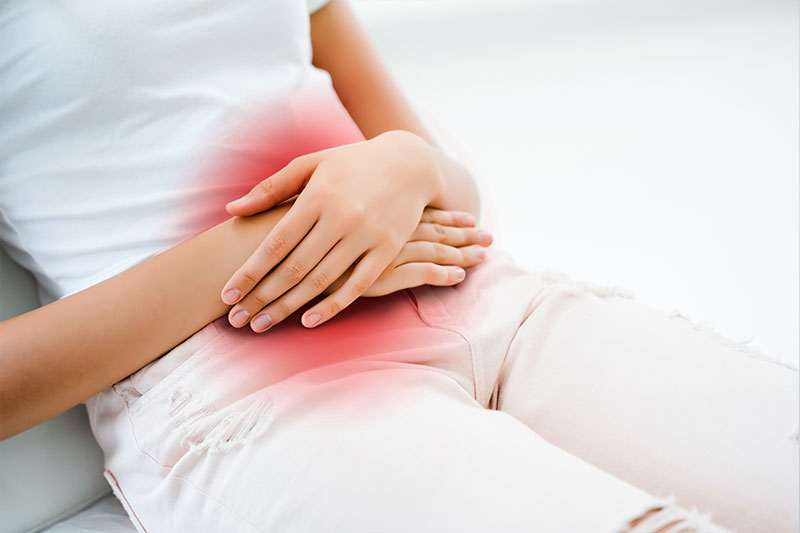Menstrual disorders
Menstrual cycles are different for every woman. Majority of women get their periods regularly, with no significant changes in their cycle every month. But sometimes, changes may occur at the beginning or end of the cycle. These changes are menstrual disorders.
A menstrual disorder is a disruptive state in which the women’s periods become irregular. It includes heavy bleeding, missed periods, and uncontrollable mood swings, which obstruct the normal functions of their daily life.
Menstrual disorders are common, and almost all women may suffer from some form of menstrual disorder at some time during their lives. However, not all menstrual disorders are severe.
Type of Menstrual disorders
Premenstrual syndrome:
PMS or Premenstrual syndrome occurs one or two weeks before your menstruation (Period) begins. It occurs due to changes in female hormones. Women often undergo a range of physiological and emotional symptoms, driven by hormones which can affect their daily activities.
Some of the symptoms are swelling, bloating, and tenderness in the breasts, headaches, and constipation, while the emotional symptoms include anger, stress, irritability, and feeling depressed, excessive hunger and even lethargy at times.
All these issues may occur in varying degrees of severity and every woman’s threshold to bear is different.
Premenstrual Dysphoric Disorder (PMDD):
This syndrome is more severe than the premenstrual syndrome. Some of the common symptoms of this disorder are extreme irritation, stress, extreme fatigue, and constant changes in mood. Women with a history of genetic disorders, mood swings, and postpartum depression are more prone to this disorder. These symptoms reduce when the period starts.
Menorrhagia (Heavy Periods):
Menorrhagia, or heavy period, is usually defined as a menstrual period that exceeds seven days. Causes of menorrhagia include tumours or growths in the uterus, polyps, changes in lifestyle, thyroid diseases, vaginal infections, certain types of cancer, and even hormonal imbalance.
Amenorrhea (Absent/ Missed Periods):
In some instances, women may not menstruate. It is called Amenorrhea. Primary amenorrhea is when a girl does not get her first period by age 16. It may be a result of an issue with the pituitary gland, a congenital disability of the reproductive system, or a delay in puberty. Secondary amenorrhea occurs when periods are absent for six months or more. Though the most common cause of missed period is pregnancy, amenorrhea may actually root from several factors.
The causes of primary amenorrhea and secondary amenorrhea in teenagers comprises of:
- anorexia
- overactive thyroid gland
- ovarian cysts
- sudden weight gain or loss
- stopping birth control
When adults do not menstruate, the causes are:
- breastfeeding
- premature ovarian failure
- pelvic inflammatory disease (a reproductive infection)
- discontinuing birth control
- pregnancy
- menopause
Painful Periods (Dysmenorrhea)
Sometimes periods can bring about a lot of discomfort and pain. Cramps are normal during PMS, and it also occurs when your uterus contracts as your period begins. However, some women experience intense pain. Dysmenorrhea is extremely painful menstruation caused by pelvic inflammatory disease, fibroids, abnormal tissue growth outside of the uterus.
Diagnosing and treating Menstrual Problems
A consultation with your gynaecologist could help diagnose menstrual problems. The doctor enquires about your symptoms, complete history of your family and reproductive history.
The treatment will depend on the type and cause of the problems with your menstrual cycle. Treatment may include birth control pills, hormonal therapy, or surgical and radiology procedures.
Exercise is essential to maintain a healthy mind and body. Women who exercise often are less likely to suffer from menstrual disorders.





